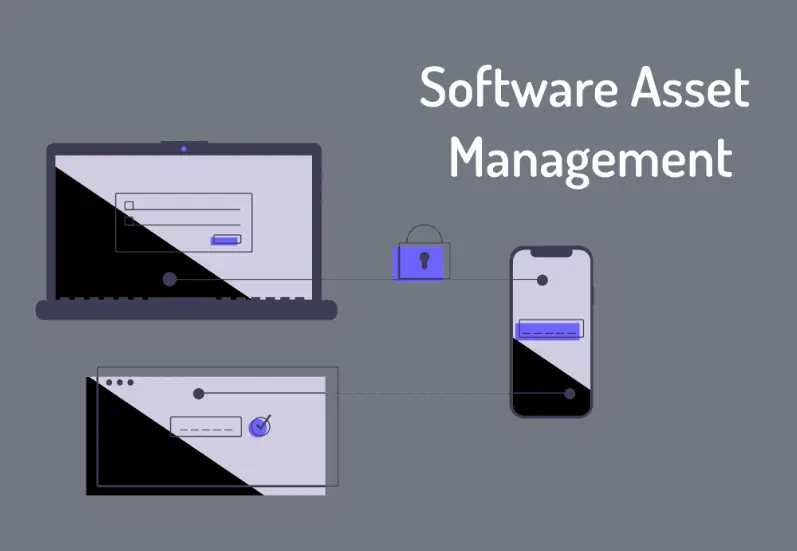The digital age is fraught with perils and risks. Each year, threats to cybersecurity loom as formidable shadow figures, bullying companies, and users worldwide. Even with IT teams in place and malware software installed, vulnerabilities exist, and there are plenty of entities waiting to exploit them. No one wants to fall victim to cybercrime, yet the cost of implementing security technologies can be off-putting. Could the key to a more secure digital world and network be software asset management?
There are several key ways in which software asset management can minimize security risks and create a stronger network. Finding solutions and focusing on being proactive rather than reactive is key. How can asset management create a virtual safety net? Read on for four key aspects of software asset management down below.
Identifying Malicious Items
Using a strong software asset management tool, malicious items can be identified before they cause issues. Having an inventory of every piece of software deployed within the network or end-user machine is paramount. The information gathered on a regular basis enables IT, professionals, to identify any unknown or unapproved software, locate rogue software, and maintain and detect blacklist tools. Each of these things can help reduce vulnerabilities to attack.
Restricting the Use of Unsound Applications
Visibility is key in preventing a cybersecurity attack. With software inventory tools in place, the use of malicious applications can be restricted. Even companies with strict policies regarding software usage find that mobile devices and portable storage units can compromise the network. Using the information gathered from software inventory can allow IT, teams, to disable any risky programs, authorize or restrict user access, and grant rights when it comes to the use of unsound applications.
Promote Standardization
Creating a more secure network starts with rationalization and standardization. Software asset management tools can help to identify superfluous or obsolete software programs, guaranteeing that what’s left is necessary and up-to-date. By encouraging such practices, IT is able to rid the network of unused titles and patch fewer applications in the event of a security risk. Given that patches often lead to more holes, eliminating the need for such practices is a robust first step in the right direction.
Anti-Virus Checks
One major feature of software asset management tools is the ability to enable organizations to utilize anti-virus software checking to notate on computers that may not have any anti-virus software installed. This helps to minimize the number of risks in the future by ensuring that every computer is protected, not just those with installed software programs.
Use Software Asset Management To Create A More Secure Network
The tech-driven world rewards proactivity, especially when it comes to creating secure networks. Prevent security risks by leveraging the many positive features of software asset management. Strength security tools, protect data and reduce operational risks overall. Don’t get caught off-guard by vulnerabilities or security threats that could compromise your business. Use the tools available to make the most of your network.








